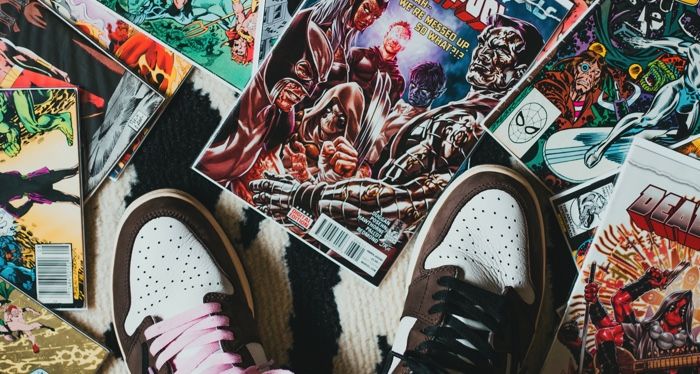
Super-Influencers: 14 of the Most Influential Superhero Comics
Superheroes are more influential than ever before, but who influences the superheroes? What stories, characters, and creators shaped them into the cultural juggernauts they are today? That’s such a big question that I don’t think any single article can answer it. But I will try.
Bear in mind that “influential” does not mean “good.” There are plenty of superhero comics on this list that I personally dislike, either by themselves or because of the influence they had. And there are comics that were popular at the time but haven’t aged well. None of that negates the influence they had on the genre or even on society as a whole.
I also have to note that, because white men have dominated comics for most of the industry’s history, most of the comics on this list are by white men. Things are slightly better now, though the Big Two (Marvel and DC) still have a ways to go. But the more recent comics with diverse creative teams just haven’t had the time to exert the kind of influence that the older comics have, which makes it more difficult to add them to a list like this one.
One of my fellow Book Riot writers suggested I include magical girl manga, like Sailor Moon, to make for a more well-rounded list. A reasonable suggestion, but I know nothing about manga, so I’m very unqualified to make any determinations about which titles are “most influential.” (Though Sailor Moon would certainly make any such list!) I’ll leave it to a real manga fan to make their own list and stick with what I know: American superhero comics and the influence that particular comics have had on the genre.
Most Influential First Issues/Appearances
“First” comics — when a character first appears or when they first get their own series — are an obvious choice for a list of most influential superhero comics. I didn’t want them crowding out other deserving contenders, so I limited myself to just four of those.
Action Comics #1
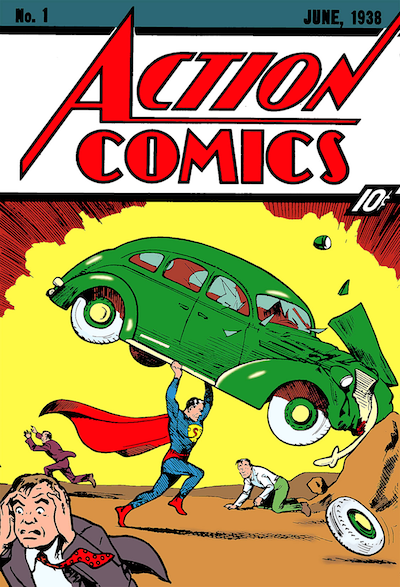
This comic was so influential that it created superheroes — and superhero comics — as we know them. As I’ve discussed before, this issue set the standard for just about every super-stereotype: the funky costume, the orphaned hero, the intrepid reporter girlfriend, the mild-mannered secret identity…sure, Superman would undergo some changes and important additions in the near future, but the stage was already set for a revolution in comic books and the way we think of heroes (and screwing over creators).
The Brave and the Bold #28
Okay, so we’ve got superheroes. Now what do we do with them? Have them team up, of course! A number of super-teams fought in World War II, and the covers of books like World’s Finest often featured Superman, Batman, and Robin teaming up to play carnival games and participate in racist war propaganda — even though they did not team up in the book itself. But it wasn’t until the Justice League debuted that the concept of super-teams was here to stay.
This debut didn’t just affect DC. The story goes that Jack Liebowitz, head of DC, bragged to Martin Goodman, head of Marvel, about the League’s success during a golf game. Goodman immediately ordered Stan Lee to create a team to rival the JLA. Lee and artist Jack Kirby came up with…
Fantastic Four #1
For decades, DC was the undisputed master of the superhero comic. That changed forever in 1961 when Marvel introduced the world to the Fantastic Four. They were very much unlike DC’s heroes at the time. Argumentative and ambivalent about their powers rather than straightforwardly heroic, the FF created the model in which many of Marvel’s most famous heroes would be cast — and which ultimately made Marvel a household name.
Ms. Marvel #1
Few 21st century debuts have received the kind of attention and adoration as Ms. Marvel #1, which was an instant bestseller in 2014. It’s been less than 10 years, but Kamala Khan has become the most prominent Muslim superhero ever, starred in multiple comic book series and a TV series (with a movie on the way), and forever proven that female characters of color can be just as amazing as the white guys.
Most Influential Moments from Women and Creators of Color
Like I said, comic book history is dominated by white male creators. So when a creator of color or a female creator manages to leave an impact, thus setting an example that people like them can follow, that in and of itself is worth noting.
Wonder Woman #12
Pen names were very common in the early days of comics. This sometimes makes it difficult to figure out who is really responsible for any given story. For instance, even though Wonder Woman #12 is credited to “Charles Moulton,” it was really written by Joye Hummel, the first woman to ever write the world’s most famous superheroine.
Phantom Lady #17
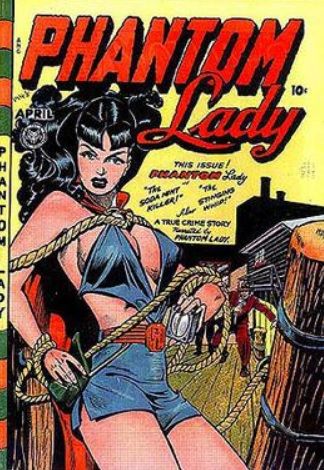
Matt Baker was one of the first successful Black comics artists. His biggest contribution to the world of superheroes: Phantom Lady, who has continued to fight crime in various incarnations since the 1940s. I chose to spotlight this issue because of its infamously racy cover. This cover was used by the “protect the children” brigade as evidence that comics were depraved. This led to the creation of the Comics Code Authority, and Phantom Lady could no longer pose half-naked while tied to a log.
Marvel Premiere #16
Iron Fist has been the focus of a lot of controversy in recent years, mostly because his whole origin story appropriates Asian culture. But it’s worth noting that the second-ever artist who worked on Iron Fist, debuting just one issue after Iron Fist’s own debut, was Larry Hama, a Japanese American creator who also helped improve the way comics depicted Asian characters in general. (Here is a more detailed discussion on this topic.) While that hardly cancels out the negative aspects of the character, it was an important step forward for Asian creators.
Most Influential Character Evolutions
When a superhero sticks around for long enough, they tend to go through big changes from time to time. Some of these changes are quickly forgotten, but others, like those featured here, continue to color how we think and feel about the characters — or even comic books in general.
Giant-Size X-Men #1
The original X-Men series didn’t garner a lot of attention at the time. It was only in retrospect that people really realized their significance, and that was mostly thanks to the popularity bestowed upon them by the reboot begun by this issue. It jettisoned most of the original cast in favor of newcomers who swiftly became icons: Storm, Nightcrawler, Colossus, and of course, Wolverine.
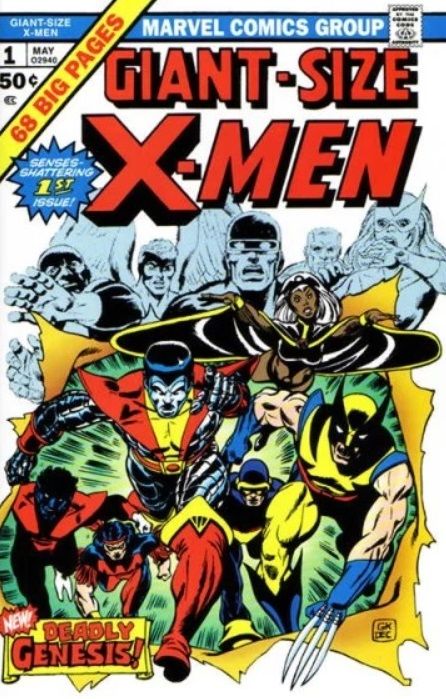
While this is not Wolverine’s debut appearance (that would be Incredible Hulk #180-181), it did grant him his first consistent platform and firmly connected him with the X-Men. So if you don’t mind the fact that all the X-Men movies focused on him at the expense of the other characters (lookin’ at you, Days of Future Past), thank this comic for making him more popular than everyone else put together.
This issue also leaned hard into racial stereotypes that sully this otherwise momentous occasion. Despite these problems, Giant-Size X-Men #1 remains a classic. The reboot even inspired a watershed moment at that other publisher: DC’s villainous Terra, who caused the New Teen Titans incalculable heartache, was an evil twin of sorts to the X-Men’s squeaky-clean Kitty Pryde.
The Dark Knight Returns
This is one of maybe three seminal series (the others being Watchmen and The Killing Joke) published in the late 1980s that unleashed a flood of super-dark, “realistic” comics and helped squash the idea that comics were just for kids. (They were never just for kids, but that was the public perception that these comics changed.)
The Dark Knight Returns, which has an aging Batman come out of retirement to fight crime once more, was published first, in 1986. Not only is it considered one of the best comics ever, it also popularized a grim version of Batman that paved the way for the landmark ’89 film and cemented Frank Miller’s reputation as a seminal storyteller (a legacy he has since done much to tarnish).
Unfortunately, the comics that followed in its footsteps lacked the nuance and creativity of their predecessor, leading to a lot of stories that are pointlessly dark and gory in the mistaken belief that darkness and goriness alone make for a mature story.
Hawk and Dove #1-5
This book gave Hawk a new Dove to fight crime with after his brother’s death in Crisis on Infinite Earths (more on that one later), but that’s not why it makes the list. No, this miniseries marks the rise of artist Rob Liefeld, whose penchant for musclebound grotesqueries, pointless hatch lines, huge guns, and loads of pouches, not to mention his complete disrespect for anything remotely resembling anatomical accuracy, dictated how superheroes were drawn for a solid decade.
There are tons of articles and social media posts dedicated to how awful Liefeld’s art is, and part of the ire is surely due to the outsized influence his style had throughout the ’90s. But part of it is also due to the fact that it is just incomprehensibly bad. And it all started right here.
Ironically, the art in Hawk and Dove is decent compared to Liefeld’s later stuff. Someone should have reined him in.
Most Influential Storylines
You ever read a story that’s so grand, so emotional, or so ridiculously clever that it sticks with you for years? On the flip side, I’m sure there are also stories you remember for the wrong reasons: they made no sense, or they were just unpleasant to slog through. Comics have had their share of those, too.
The Amazing Spider-Man #121-122
Before “The Night Gwen Stacy Died,” readers could always rely on the hero to save the day — and the girl — no matter how bleak things got. That security was yanked away forever when Spidey’s girlfriend, Gwen Stacy, was killed for real by Green Goblin. This story made it clear that no one was safe anymore — and inspired years of fan debate about whether Goblin actually killed her or if Spider-Man’s own overzealousness caused her demise.
Crisis on Infinite Earths
After decades of watching DC’s continuity become increasingly snarled, the company decided to start from scratch with this monumental work. The story features heroes from across dimensions, all battling a foe that wants to erase all worlds. Eventually, only one universe — including a single Earth with one manageable history — survives, thanks in part to the sacrifice of two of DC’s biggest-name heroes: Supergirl and the Flash.
Even if a lot of the changes it wrought have since been overwritten — Supergirl and the Flash are very much alive now, as is the multiverse — the fact that it made those changes at all was enough to convince future generations of creators that wiping the slate clean is a good way to generate sales and headlines.
Speaking of crises…
Identity Crisis
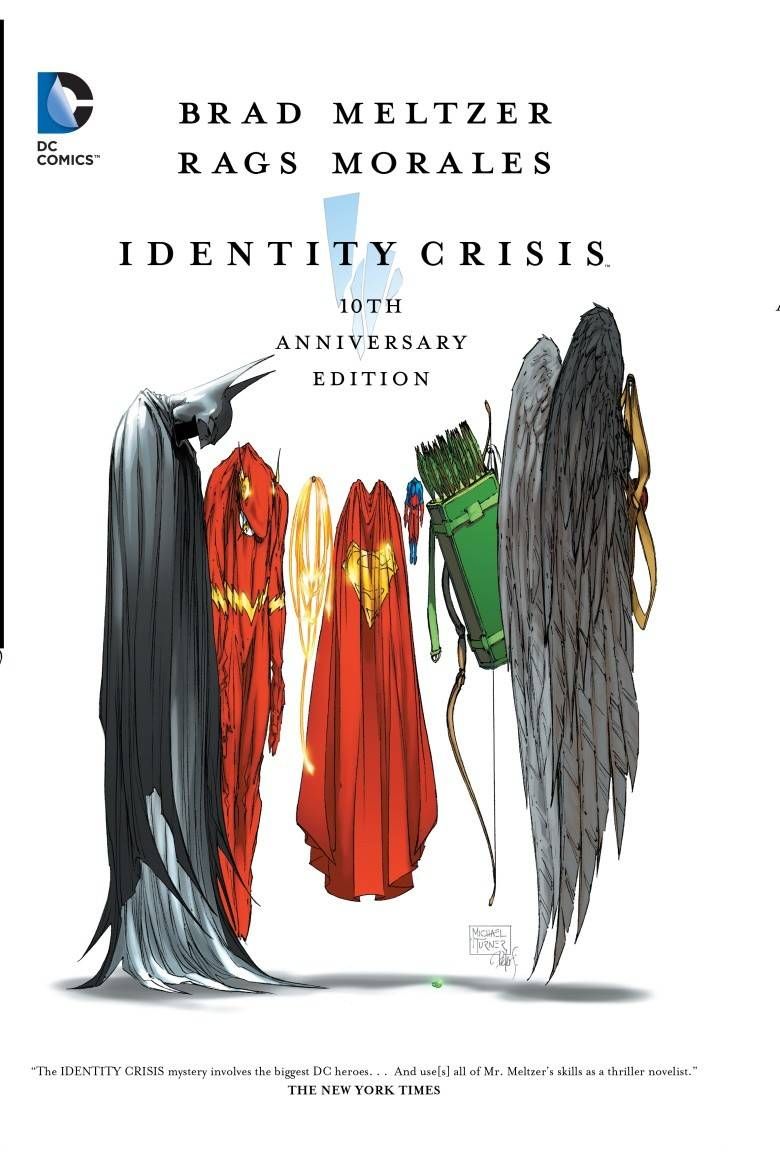
At the time of its 2004 publication, this murder-mystery-with-capes was praised by esteemed publications like The New York Times and The Washington Post for its great art and dark, twisty storyline. Nearly 20 years on, people are starting to realize it’s a mess of character assassination, needless violence (thanks, The Dark Knight Returns!), glaring plot holes, and post-9/11 cynicism. The art is pretty ugly, too.
But in between, Identity Crisis had massive implications for the DC universe, killing off beloved characters, creating deep divisions that continue to influence character interactions, and contributing to an overall darker tone that, in some ways, still persists.
Civil War
This one — in which Captain America and Iron Man infamously duke it out over whether the government should force all superheroes to unmask — makes the list for a couple of reasons. First, like Identity Crisis, it’s a comic that looks big and feels big but is really just an excuse for the creators to vent their feelings over current events. (In this case, the Bush administration.) It had a huge effect on how the main characters interact, requiring books that followed in its wake to work double-time to repair the relationships between opposing heroes. (It…sorta worked.)
Second, I’ve started to think of it as Marvel’s answer to Crisis on Infinite Earths: it was such a monster success that Marvel has tried to rehash it over and over again, even as some have questioned this strategy’s merits. Marvel not only published Civil War II in 2016-17, they also adapted the original for both the big screen (Captain America: Civil War) and the small screen (a plotline in the Avengers Assemble cartoon).
The only bright spot is that it led to Cap and Iron Man getting married in another universe. You love to see it.
I bet I missed your favorite, didn’t I? I would welcome civil discourse (as opposed to Civil War discourse) on Twitter!










